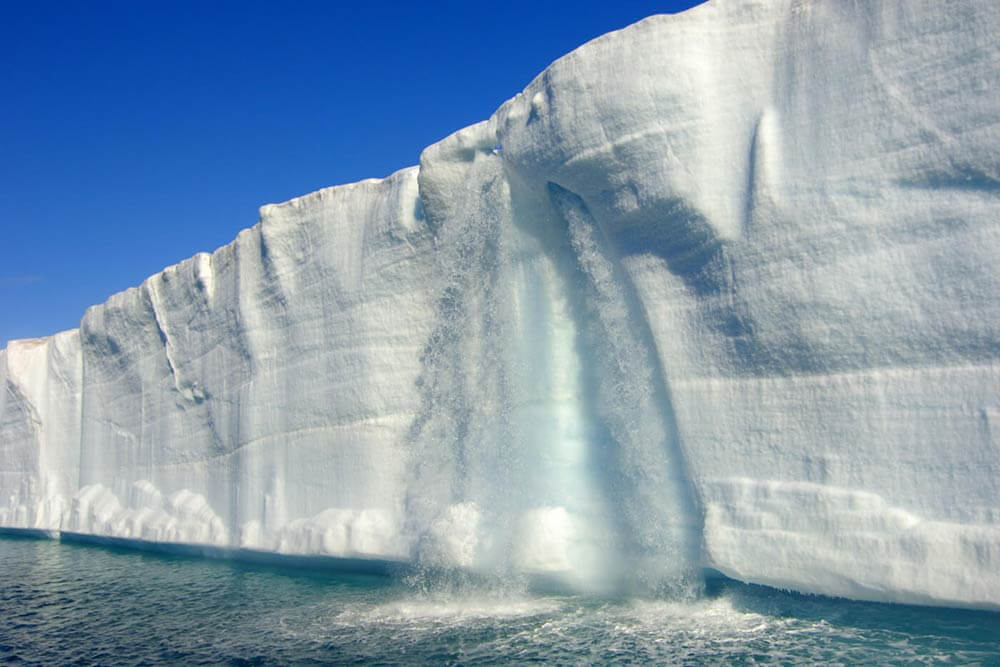More frequent severe weather and climate change The cost of climate change How homeowners can prepare
More frequent severe weather and climate change
Climate change is essentially the result of human activity causing more carbon dioxide in the atmosphere. The increased amount of carbon dioxide causes warmer temperatures, which means more evaporation and precipitation3. Climate change looks different all over the world: some regions might get wetter, seeing more natural disasters like hurricanes; and some regions might become dryer, experiencing more intense heat waves or droughts. In Canada, climate change can include more wildfires in provinces like B.C. and Alberta, more days with temperatures reaching above the 30s in Quebec, and increased flooding in Ontario4.
In recent years, these provinces have had record-breaking weather events. In 2013, Ontario and Alberta both experienced devastating floods; 2016 was the year of Fort McMurray’s wildfires, and B.C.’s 2017 wildfire season was the most devastating on record (believed to have burned 11 times more than it would have without the influence of human-caused climate change5); and as of 2018, 80% of Quebec’s municipalities experience flooding6. Climate change might not be the only driving force behind these weather events, but is definitely a factor. A report released on April 1st, 2019, called Canada’s Changing Climate Report, stated that Canadians can expect an increase in annual precipitation and extreme hot temperatures in the future – which will contribute to increased risks of flooding, draughts and wildfires7.
Provinces across the country are receiving more funding from the government and are putting environmental plans in place to address these issues. Some provinces, like B.C., Alberta, Ontario and Quebec, are requesting more funding to go towards research groups, disaster resilience, and maintenance plans to keep up with the new realities of climate change.
The cost of climate change
With climate change affecting weather patterns, provinces are seeing more frequent and more damaging natural disasters. The increased number of floods, wildfires, wind storms and cold spells put the safety of communities and the economic stability of provinces at risk8. Not only is the disaster relief getting more expensive, funding for preparation and response resources is also rising. Building codes and materials will need to be updated to be water/fire resistant and structures will need to be able to withstand higher wind speeds. Having adequate response resources (such as firefighters or flood clean-up crews) is also in demand.
Insurance companies are also feeling the impact of these severe weather patterns: in 2013, insurers paid out a record high of $3.2 billion to policyholders for claims from the Ontario and Alberta floods1. Recently, the average costs for damages have risen to $1.8 billion per year4. The frequency of these expensive weather events has forced insurers to re-evaluate the risk in affected areas. Because they are paying out more in claims associated with these risks, home insurance premiums could be increased in the future.
How homeowners can prepare
Being proactive about protecting your home and car is the best route – don’t wait for one of these storms or wildfires to affect your area. Here are some ways you can do your part:
- Disaster-proof your home. If you’re new to your home or are renovating a part of the house, try and think about updates you can make that will minimize risk. For example, if your home is 15 years or older, you might want to consider updating your electrical wiring to avoid fires starting from faulty wires.
- Prevention methods. Installing systems like a sump pump or backwater valve will help reduce damage from a flood – these devices collect excess water and safely pump it away from your home.
Tip: Cities across Canada are offering subsidized flood protection – meaning, if you’re interested in installing these devices, your municipal government could provide financial aid. - Install alarm systems. It’s a requirement to have a fire alarm and/or carbon monoxide detector installed in your home, but there are plenty of new
“smart” systems that exist that can help reduce risk . Installing a flood or leak detector will help keep the amount of water damage to a minimum, as it notifies your phone when there’s an excess amount of water.Tip: Not only will these smart home systems help protect your home or car in the event of extreme weather, but they can also help reduce your carbon footprint (and save some dollars along the way!). - Have an emergency plan in place. In the event that you need to leave your home, due to a wildfire or flood, it’s best to have an
emergency evacuation plan for your family. Pack a few supplies in an emergency kit, and determine a meeting spot in case your house is no longer safe to meet at.
